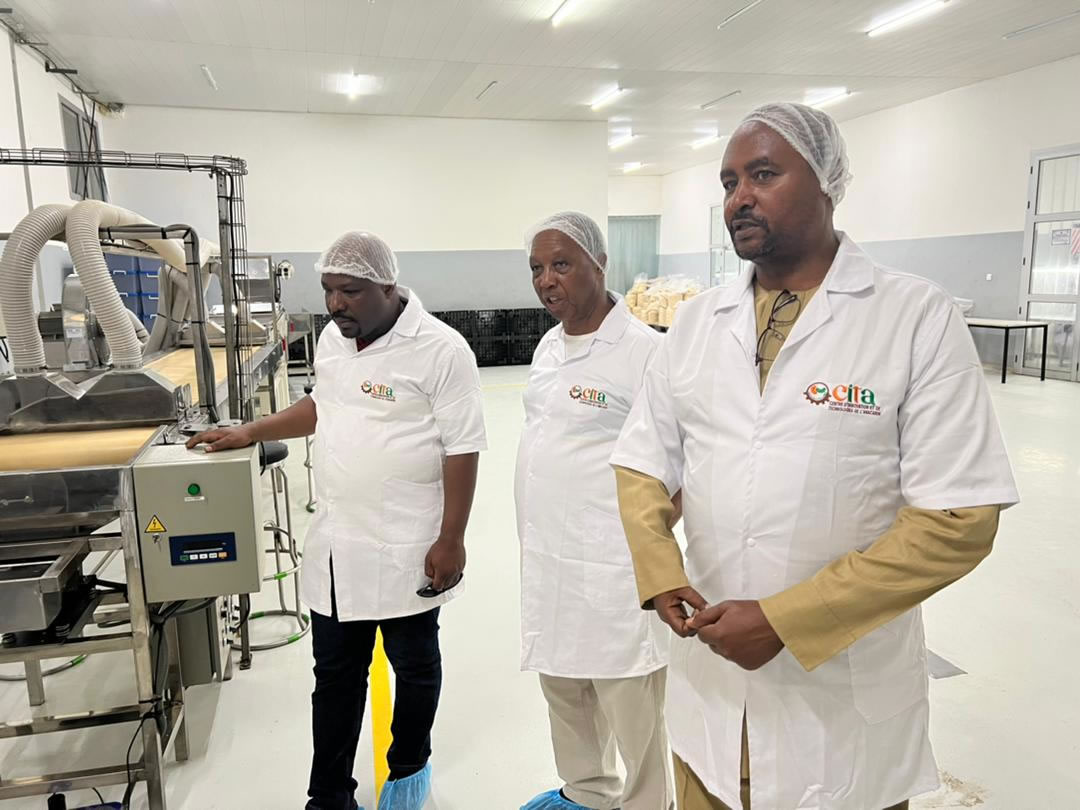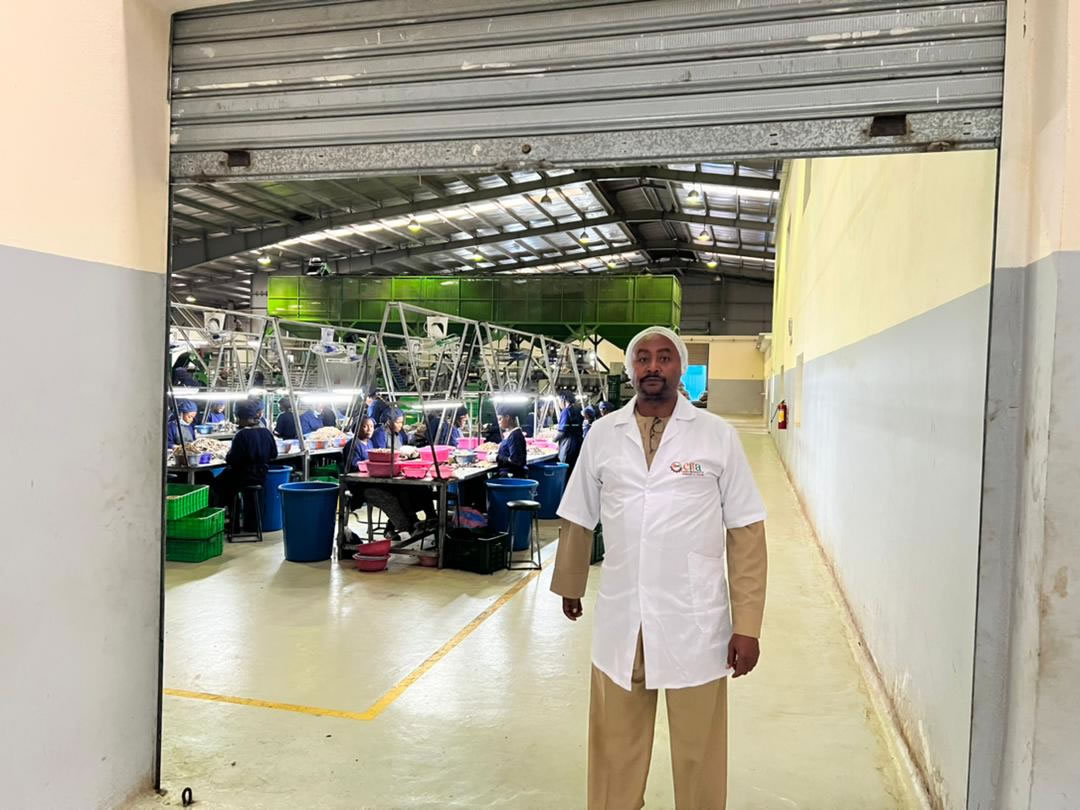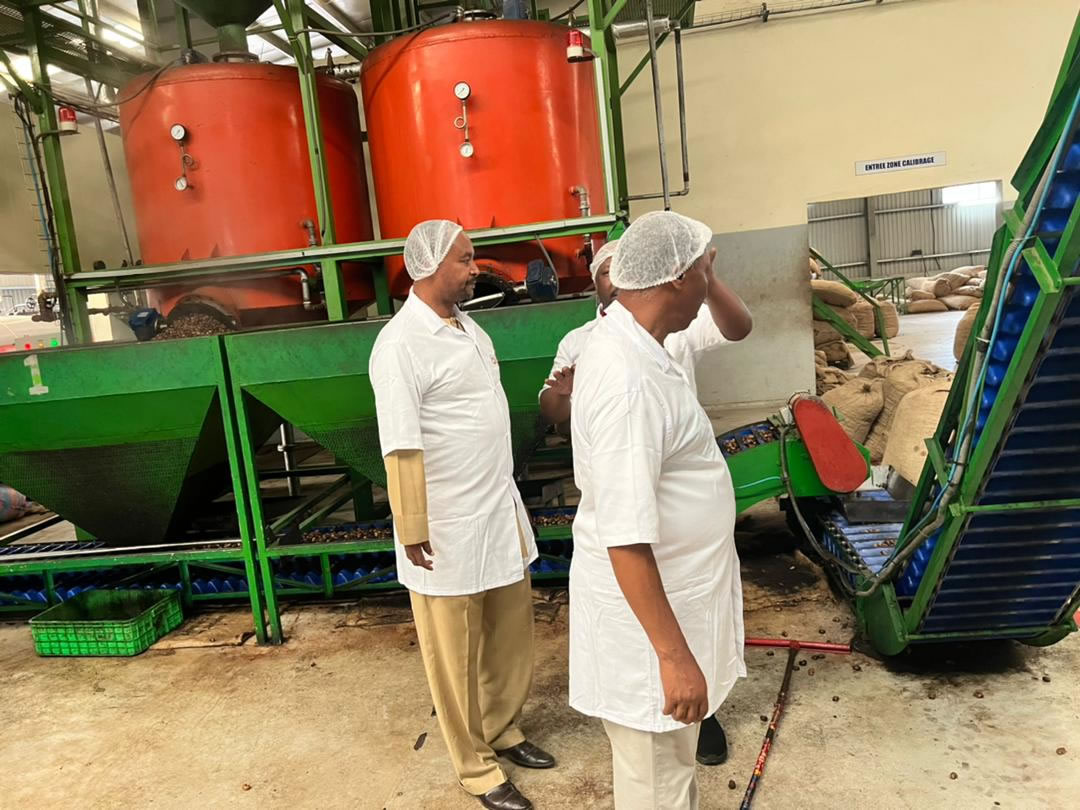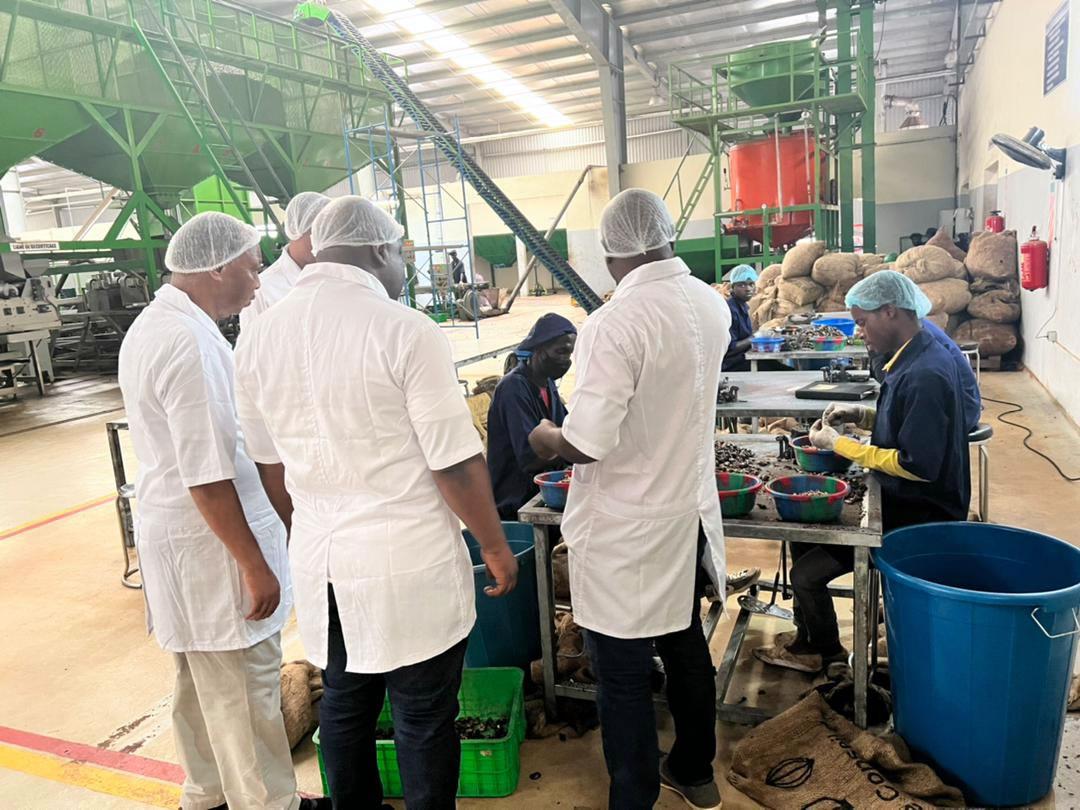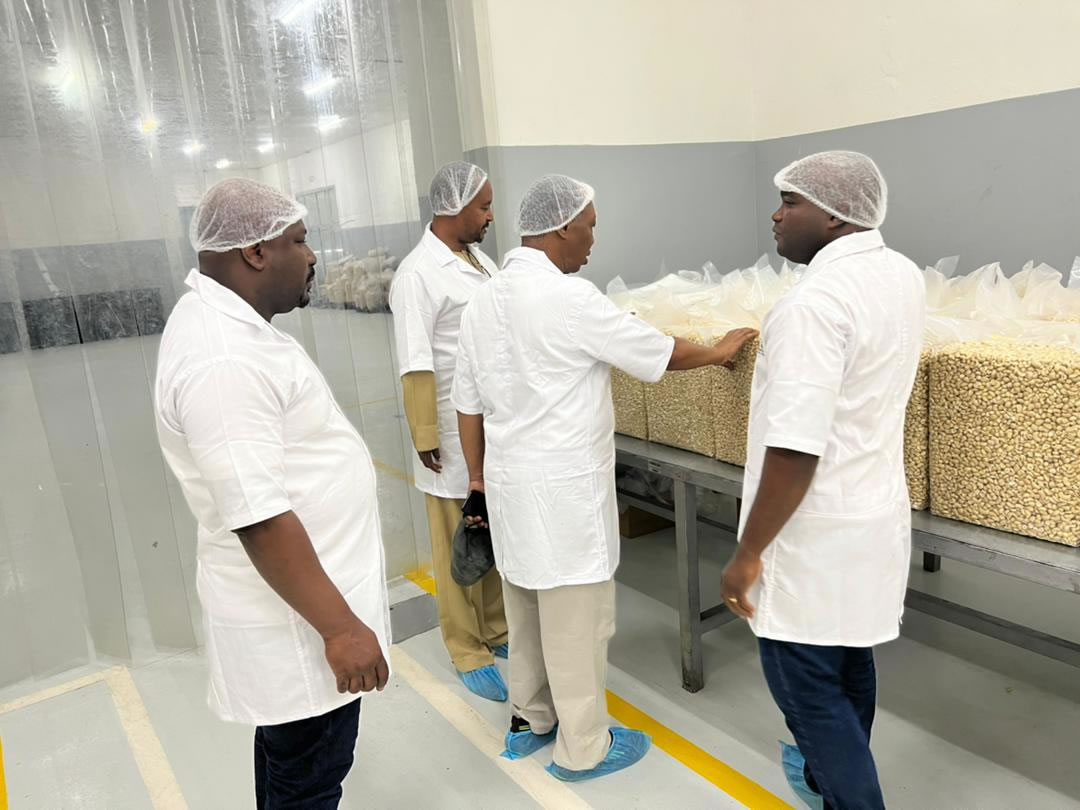Studying Circular Economy Initiatives
Waste Management in the Cashew Sector
Cashew shelling
Côte d’Ivoire Cashew Sector Carbon Program
Understanding your requirements and objectives is important to us. We listen and work together to create a truly unique experience.
Learn more about the Côte d’Ivoire Cashew Sector Carbon Program.
Error: Contact form not found.

Côte d’Ivoire Cashew Sector Carbon Program
About us:
Capacity Building Consultants Ltd (CBC) provides solutions for implementing Natural Resource Management (NRM) programs and Sustainable Living Initiatives (SLI) using locally available resources. We advise on climate change and global warming concepts in Agriculture, Forestry, Waste Management and Green Energy Initiatives that include circular economy; Clean Development Mechanism (CDM), REDD+, Adaptation Benefits Mechanism (ABM) initiation and implementation.
We guide on development of low carbon project/programmes, Nationally Determined Commitments (NDC), National Adaptation Plan (NAP), common carbon markets initiative (CCMI), carbon dioxide removal (CDR) and carbon dioxide usage (CDU) in line with Article 6 to the Paris Agreement. We advise on Programmes of Activities (PoA) and Work Plans to ensure Sustainable Development Goals (SDG) with monitoring and evaluation tools that include detailed methodology, justification, timelines and itemized cost quotations.
We are currently developing the Côte d’Ivoire Cashew Sector Carbon Program in collaboration with the World Bank.
Côte d’Ivoire Cashew Sector
Brief Description of Ivory Coast
Ivory Coast is an agrarian country with agriculture as the main pillar for the economy. It contributes over 21% of the country’s gross domestic product (GDP), employs over half of the working population and provides over 75% of export earnings. Ivory Coast is the largest African exporter of raw cashew nuts, rubber, palm oil, bananas, and pineapples. It is the world’s largest producer of cacao. Rainfed agriculture is dominant, and it has suffered the effects of climatic variability due to a decrease in rainfall, and an increase in temperature and floods. This has led to the disruption of the cropping seasons due to shortening rainy season with ‘late start and early withdrawal’ of rains.
In Ivory Coast, cashew production started in 1959. The first cashew trees were planted in 1959 and 1960 to improve the protection of ecosystems which were seriously affected by deforestation and bush fires. Initially, cashew trees were planted to combat soil erosion in coastal areas, since they are fast-growing, tolerate salinity and thrive on sandy soils. Today, cashew trees are used primarily for cashew nut production in 46 countries across Africa, Asia and Latin America and the Caribbean. Cashews accounted for 17 per cent of world tree nut production in 2019/20, making it the third most popular tree nut after almonds and walnuts.
Waste Management, Renewable Energy and the Circular Economy
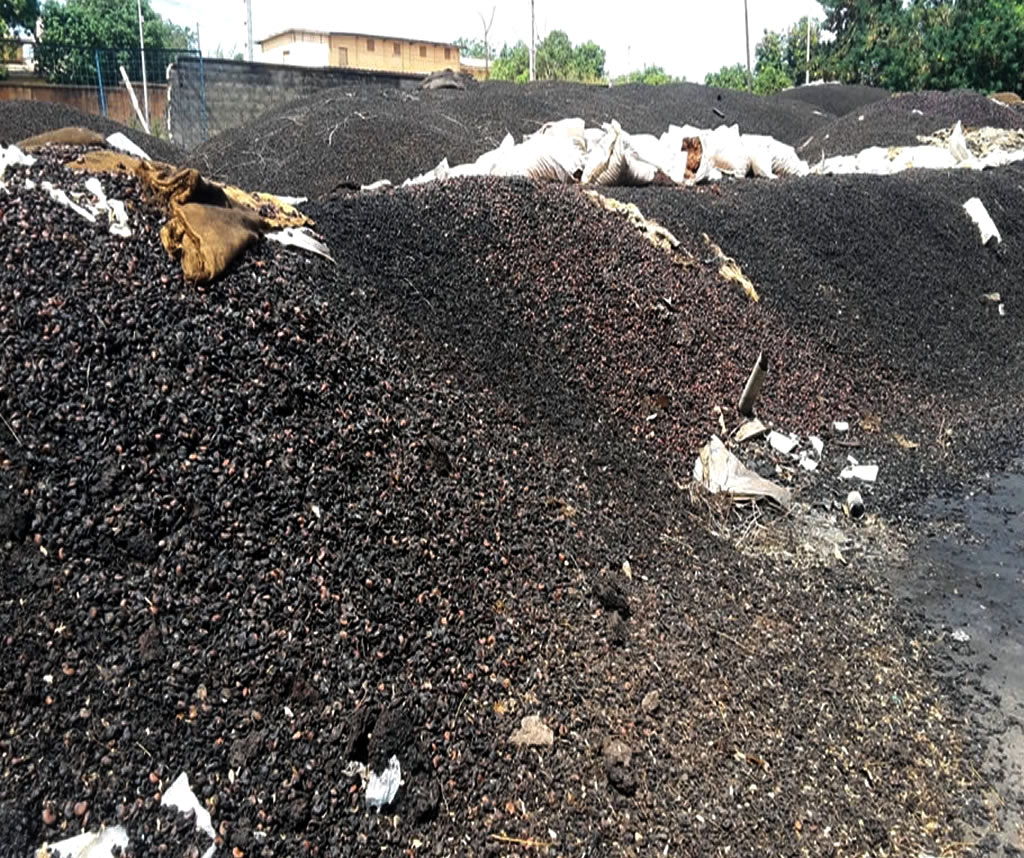 Conduct studies on applicability of the circular economy initiatives in the cashew sector, starting from the processing of the cashew apple (as a source of nutrition and food security)
Conduct studies on applicability of the circular economy initiatives in the cashew sector, starting from the processing of the cashew apple (as a source of nutrition and food security)- Conduct studies on cashew bio-waste management through pyrolysis and carbonization to produce energy (waste to energy) and soil amendments (biochar) for use in the cashew farms
 3.Currently, there is no policy on waste management in the cashew sector, creating a hazardous environment in the cashew communities and causing emission of methane (CH4) and water and soil pollution from cashew nut shell liquid (CNSL).
3.Currently, there is no policy on waste management in the cashew sector, creating a hazardous environment in the cashew communities and causing emission of methane (CH4) and water and soil pollution from cashew nut shell liquid (CNSL).
 Cashew shelling consists of separating cashew kernels from their outer shell. Cashew kernels are used in cooking and cosmetics. Countries that export RCN forego opportunities to add value not only to cashew kernels, but also to cashew shells. The shell contains a resin, referred to as cashew nut shell liquid (CNSL), which has a range of industrial applications, including as a fluid for aircraft braking systems – earning the nut its nickname of “grey gold”.
Cashew shelling consists of separating cashew kernels from their outer shell. Cashew kernels are used in cooking and cosmetics. Countries that export RCN forego opportunities to add value not only to cashew kernels, but also to cashew shells. The shell contains a resin, referred to as cashew nut shell liquid (CNSL), which has a range of industrial applications, including as a fluid for aircraft braking systems – earning the nut its nickname of “grey gold”.
In addition, dried cashew shells can be used as fuel. The cashew apple is also used to produce wine, liqueur, syrup, jam and juice. Cashew apple-based products have, therefore, great potential for value addition and employment generation in cashew-growing countries. This development of cashew shell-based by-products can go together with the anticipated expansion of both production and deshelling operations.
Currently, there is no policy on waste management in the cashew sector, creating a hazardous environment in the cashew communities and causing emission of methane (CH4) and water and soil pollution from cashew nut shell liquid (CNSL).
